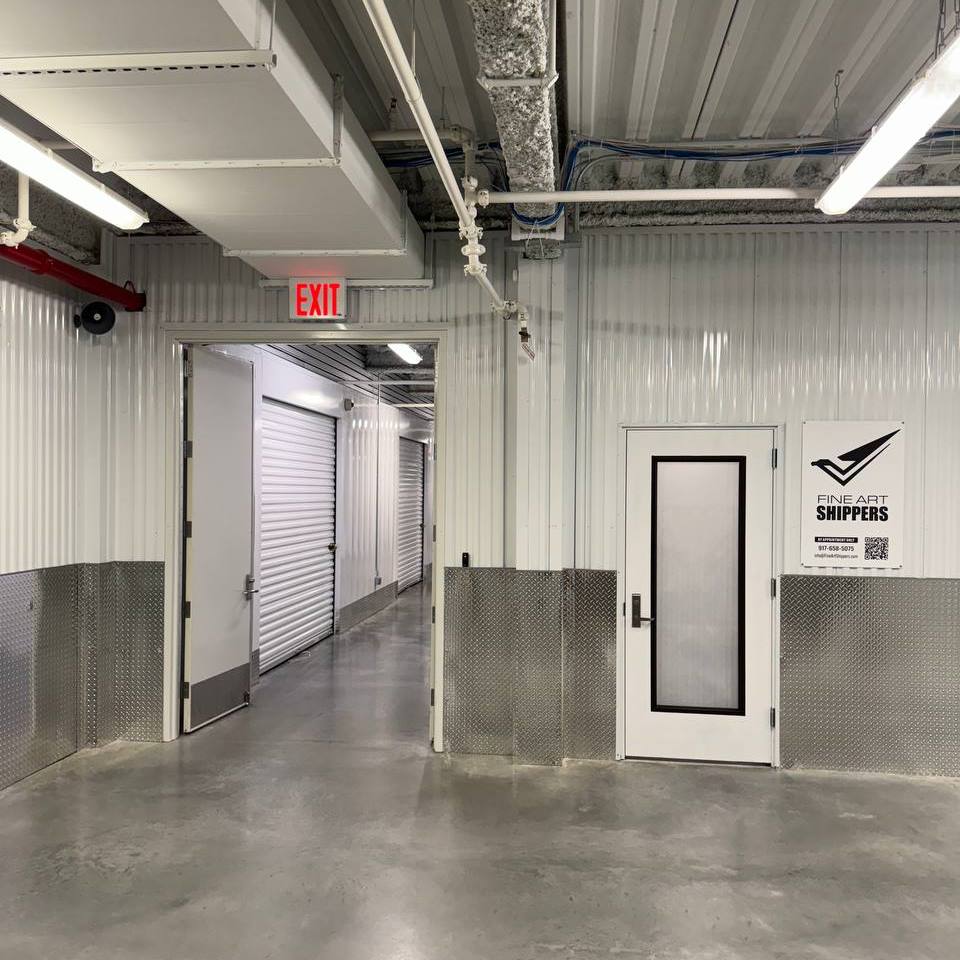Art preservation involves a delicate balance of science, technology, and human care. Therefore, all art owners, from private to institutional, need to tackle the challenge of protecting their priceless collections from damage and deterioration. A vital role in this process is given to temperature-controlled art storage, part and parcel of sustainable and efficient art preservation. This field also benefits from a variety of technological innovations, and here is a glimpse of how modern tech makes temperature control more effective.
Importance of Using Temperature-Controlled Art Storage
All types of art benefit from storage in a climate-controlled environment. Temperature changes can damage any piece of art, whether it’s an oil painting or a fragile sculpture. Thus, quick temperature fluctuations can cause expansion or contraction of natural materials like paper, wood, or canvas. Coupled with improper humidity, too high or too low temperature may cause quick damage to art objects. According to a recent study by the Getty Conservation Institute, temperature swings are responsible for up to 60% of cases of artwork damage across the globe. Therefore, by keeping art in a temperature-controlled environment, you can reduce one of the most common art preservation risks.
Next-Gen Temperature Control Innovations
Here are a couple of exciting innovations in the field of temperature control, which give art storage providers the upper hand in art preservation.
AI-Driven Climate Monitoring
AI has proven to be a handy aid for storage providers because AI tools enable real-time, predictive climate control operations. AI-powered systems use machine learning to analyze sensor data and detect subtle temperature changes. They also adapt the climate control equipment to these changes to ensure a stable environment.
Eco-Friendly, Efficient Cooling Systems
The main problem with cooling systems is their significant energy consumption, which raises the carbon footprint of storage facilities and challenges their sustainability. In this regard, eco-friendly cooling technologies emerge as a game-changer in the art storage market. They use geothermal cooling systems and phase-change materials to reduce energy consumption without quality compromises.
Smart Temperature Sensors
Smart sensors provide real-time data on the environmental conditions, including temperature, in the storage facility. They are self-regulating systems that don’t need manual calibration. Besides, they can be unified into IoT systems that feed data directly to the analytical central unit and give the storage provider a 360-degree view of temperature and humidity indicators.
Technology at the Service of Art Owners
As you can see, innovation is driving the field of art preservation forward by increasing the precision and effectiveness of temperature-controlled art storage solutions. These innovations benefit art owners and institutions with large-scale art collections because of a greater degree of control over storage conditions.
